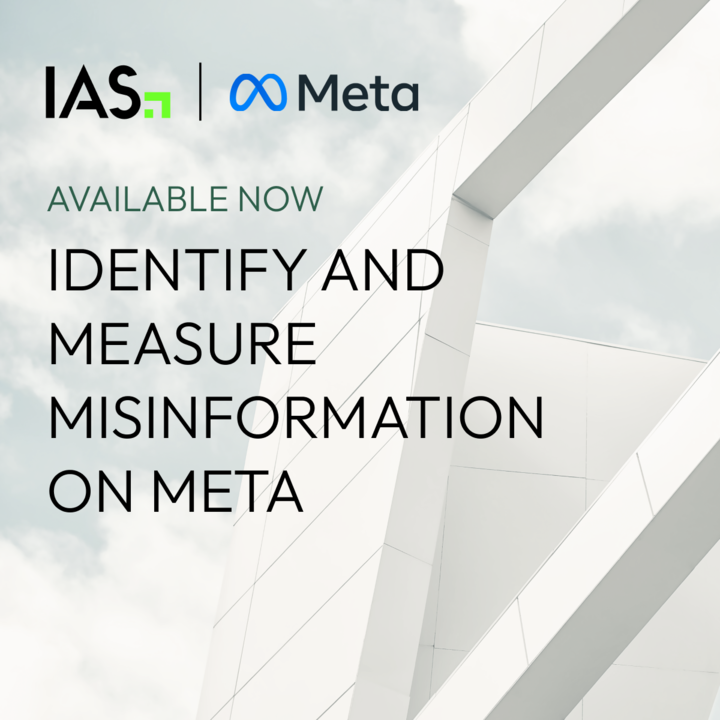The Forbes article “Is 2014 Finally The Year Of Mobile?” confirmed what I was afraid to believe. Yes, we have really been hearing about “the year of mobile” since 2012. Six years later, I still laugh when I hear a panelist utter these unbearable words. I would argue that it will never be “the year of mobile!” As consumers, we love all of our devices. And as marketers, it’s not about focusing on a specific device, but instead understanding the pros and cons of various formats and deploying the tactics that efficiently and effectively maximize impact and increase return on investment (ROI) for marketing executions.
Despite all of the “years of mobile” that we’ve lived through, there remains a severe lack of transparency within mobile app environments. However this hasn’t put a damper on spending. According to eMarketer, an estimated $58.38 billion was spent on mobile advertising globally in 2017. Many marketers take an “innocent until proven guilty” approach which is similar to how digital advertising in desktop worked initially. Despite a historical lack of transparency, it’s important that we demand more from the ecosystem and promote cross partner collaboration.
So what does this have to do with brand safety? Advertisers should expect both transparency and optimization tools for mobile in-app so that they can successfully invest their marketing budgets. While reporting and transparency remain important for in-app brand safety, what use is reporting without targeting? The ability to understand when a campaign is not working is of limited value without the tools to improve it. With eight in 10 mobile display ads being traded programmatically, it is imperative that advertisers leverage targeting tools that are built specifically for mobile in-app environments.
Inclusion and exclusion lists vs. automation
Perfecting manual optimization in a technology-driven world, through exclusion and inclusion lists, is unrealistic and leaves brands exposed to unpredictable contextual alignment. In 2017 Statista reported a whopping 6.5 million applications in the app stores, with new ones appearing daily. Volume, while a benefit to machine learning and AI-based systems (like the ones that IAS employs), is a huge detriment to agencies and technology companies who are developing APIs based on manual data pulls.
Based on internal analysis, programmatic in-app environments – while slightly more brand safe than desktop environments – produce significant challenges for brands. This is mainly due to a lack of reporting and optimization tools across the industry. That said, when in-app pre-bid targeting or automation is applied to programmatic environments, brands can virtually eliminate brand safety violations. Additionally, in a medium like in-app, it is important to take a programmatic-first approach as this is where the majority of media buying occurs.
Three tips to protect your in-app investment
- Brand safety is subjective. Identify what you consider unsafe for your brand, and communicate these requirements to media buying and planning teams. While a controversial dating app might be a detriment to some, it could be the perfect place for another to reach an affluent audience of potential consumers.
- Work with partners that have mobile-specific solutions. In-app environments are not the same as mobile web environments. They create varying user experiences and patterns and should have their own creative and standards.
- Implement a pre-bid in-app optimization solution to ensure that your campaigns are protected. Eight in 10 mobile in-app display ads are purchased programmatically, and you should ensure that this investment is driving the maximum ROI and that you are not exposing yourself or your brand to scandal.
Click here to read the IAS press release on IAS in-app segments or download the IAS pre-bid in-app one-sheet here.
 Share on LinkedIn
Share on LinkedIn Share on X
Share on X


